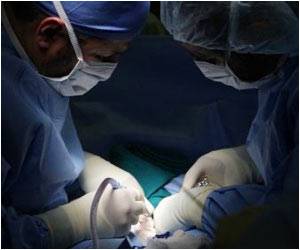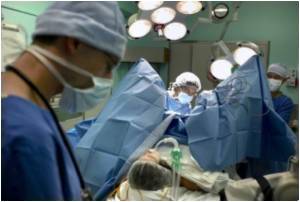Researchers at John Hopkins Medicine revealed the mechanism of anesthetic action which was previously unknown.

For more than a decade, Johns and his colleagues have been studying postsynaptic density protein-95 (PSD95), a scaffolding protein that helps assemble the proteins needed for neurons to communicate with each other. Their previous work revealed that blocking PSD95 prevents the development of certain kinds of chronic pain and reduces the amount of anesthesia required to induce its effects.
In their latest work, the investigators show that inhalational anesthetics bind to certain sites on PSD95 and prevent the ability of excitatory neurons to transmit signals. These protein sites appear to be important for the effectiveness of general anesthesia.
Johns notes that there has been a great deal of concern in recent years that anesthesia in infants and newborns may cause neurotoxicity leading to long-term cognitive problems and impaired learning. "The data in rodents, primates and humans all point in this direction, and the Food and Drug Administration has just elevated its level of concern about this issue," he says. His research team is currently studying whether anesthetic interactions with PSD95 and other scaffolding proteins play a role. "We hypothesized that because PSD95 is also involved in neuronal synapse formation - or making the proper connections between neurons as the brain is forming during fetal and infant brain development, the ability of anesthetics to block the action of PSD scaffolding proteins, as shown in our new study, could also be preventing correct neuronal synapse development, leading to the long-term learning and memory deficits observed."
Strategies for Mitigating Anesthesia-Related neuroToxicity in Tots (SmartTots), a program created by the FDA and the International Anesthesia Research Society, is working to coordinate and fund research intended to make surgery, anesthesia and sedation safer for infants and young children. In June, SmartTots met to review the most recent data from animal and human studies on the effects of anesthesia in children. The participants released a statement recommending that surgeries and procedures requiring anesthesia and sedatives be postponed if possible due to the potential risk to the developing brains of infants, toddlers and preschool-age children.
When surgeries and procedures are required using current standard of care anesthetics, caregivers should consider having their children participate in clinical studies to help identify better practices and drugs that have the least effect on the developing brain.
Advertisement
Advertisement








